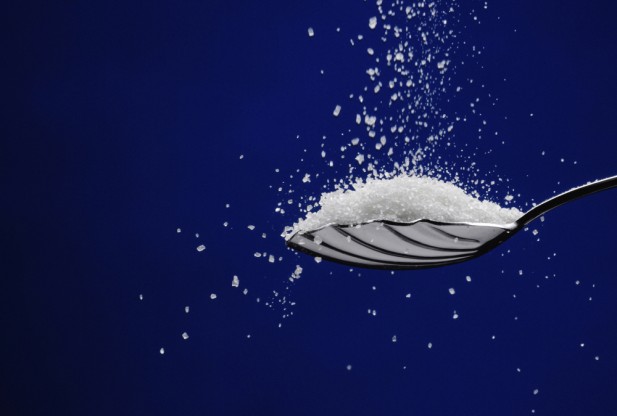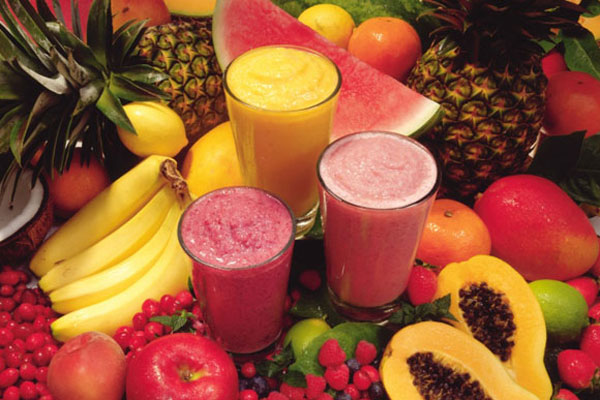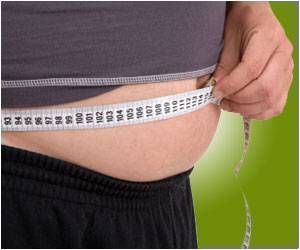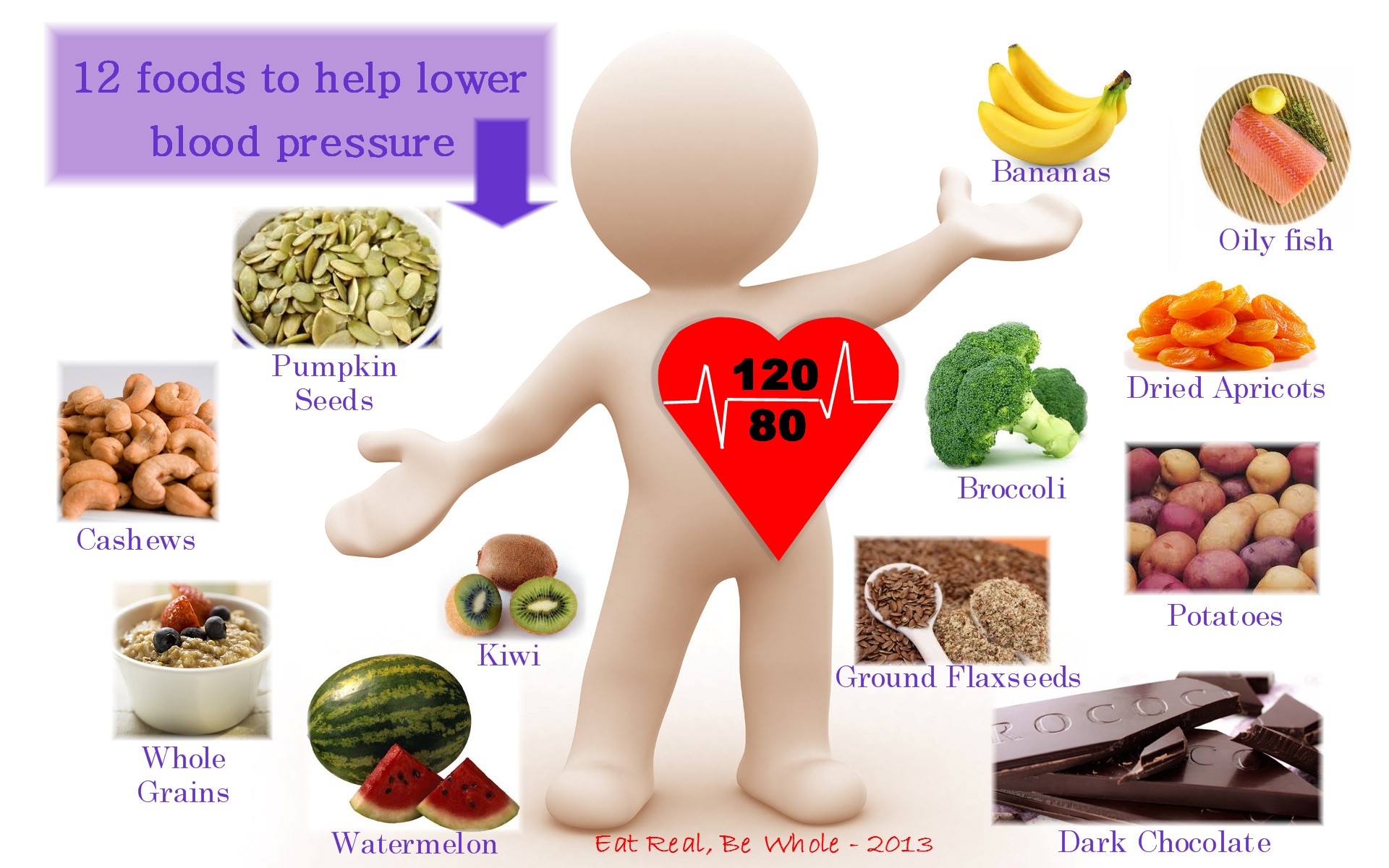Homemade face mask recipes
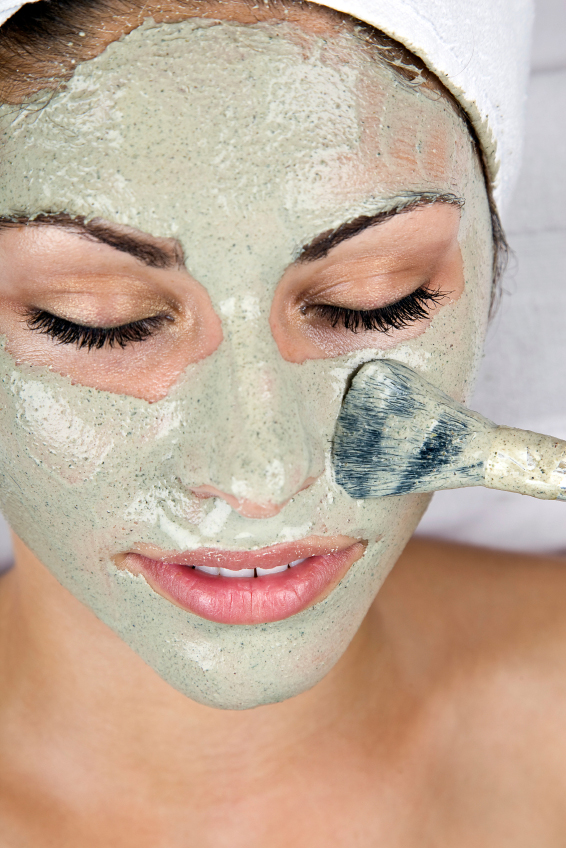
I love to pamper my skin, and with great homemade face mask recipes, I can do that from the comfort of my own home! Finding the perfect homemade facial mask recipe for your skin type can seem daunting, so check out this collection of 10 amazing homemade face mask recipes — you’re sure to find the perfect mask recipe for your beauty routine!
1. Nutmeg, Honey, and Cinnamon Mask Recipe — This soothing facial mask recipe is the perfect way to relax after a long day. Nutmeg and honey are natural anti-inflammatories, which can reduce swelling and redness in your skin. This homemade face mask recipe sounds lovely!
2. Heavenly Honey Citrus Mask — Marie Clare offers this honey citrus face mask recipe. This luscious honey and orange based mask will give your skin a beautiful healthy glow. Sounds good enough to eat!
3. Avocado Egg White Face Mask Recipe — Combine the oil-fighting powers of avocado with the pore-tightening properties in egg whites, and you get one powerful acne-fighting homemade facial mask! This avocado egg white face mask will do wonders for oily skin.
4. Nourishing Honey and Oatmeal Facial Mask Recipe — If you have dry skin, you’ll want to find a facial mask that can moisturize and nourish. This honey and oatmeal mask will not only add moisture to your skin, but it will soften and smooth even the most tired skin.
5. Homemade Cucumber Mask Recipe — I adore the fresh scent of cucumber, so this cooling cucumber facial mask recipe is definitely at the top of my list. Cucumbers are full of water, so they will not only hydrate your skin, they are loaded with Vitamin A, B, and C, as well as minerals including: magnesium, potassium, manganese, and silicon. You truly can’t go wrong with a cucumber mask!
6. Brightening Daisy Mask — Who ever would have guessed that daisies would be great for your skin? This video tutorial teaches you how to make your own daisy mask at home for brighter, youthful skin.
7. DIY Mud Mask Recipe — Of course, the most common type of mask is a mud mask. I love the way a good mud mask makes my skin feel, and this DIY mud mask recipe looks really nice. This mud mask is particularly great for oily skin.
8. Strawberry Face Mask Recipe — Actually, the strawberry facial mask recipe (which is super-simple) is only one of many in this fabulous round-up of homemade face mask recipes that offers a variety of easy mask recipes for different skin types. This is a great resource, you’ll definitely want to bookmark it!
9. Coffee and Cocoa Face Mask Recipe — Yum, how does a coffee and cocoa facial mask sound? When it comes to homemade face mask recipes, this one is perfect for waking up dull skin, and really, it just sounds too yummy not to try!
10. Lemon–Milk Alpha Hydroxy Mask — Why spend money on expensive alpha hydroxy facial masks, when you can prepare your own homemade face mask recipe at home? This Lemon-Milk Alpha Hydroxy Mask will perk-up your sleepy skin, making it feel fresh and look bright. Both milk and lemon contain natural alpha hydroxy acids. This is such a great way to save money and kickstart your beauty routine!
Whether you have normal, oily, or dry skin, there is a mask for you. I’m a sucker for at-home spa treatments, so I’ll be trying several of these facial mask recipes this summer! Hope you enjoyed learning more about these 10 incredible homemade face mask recipes!
Source: Dear Crissy











